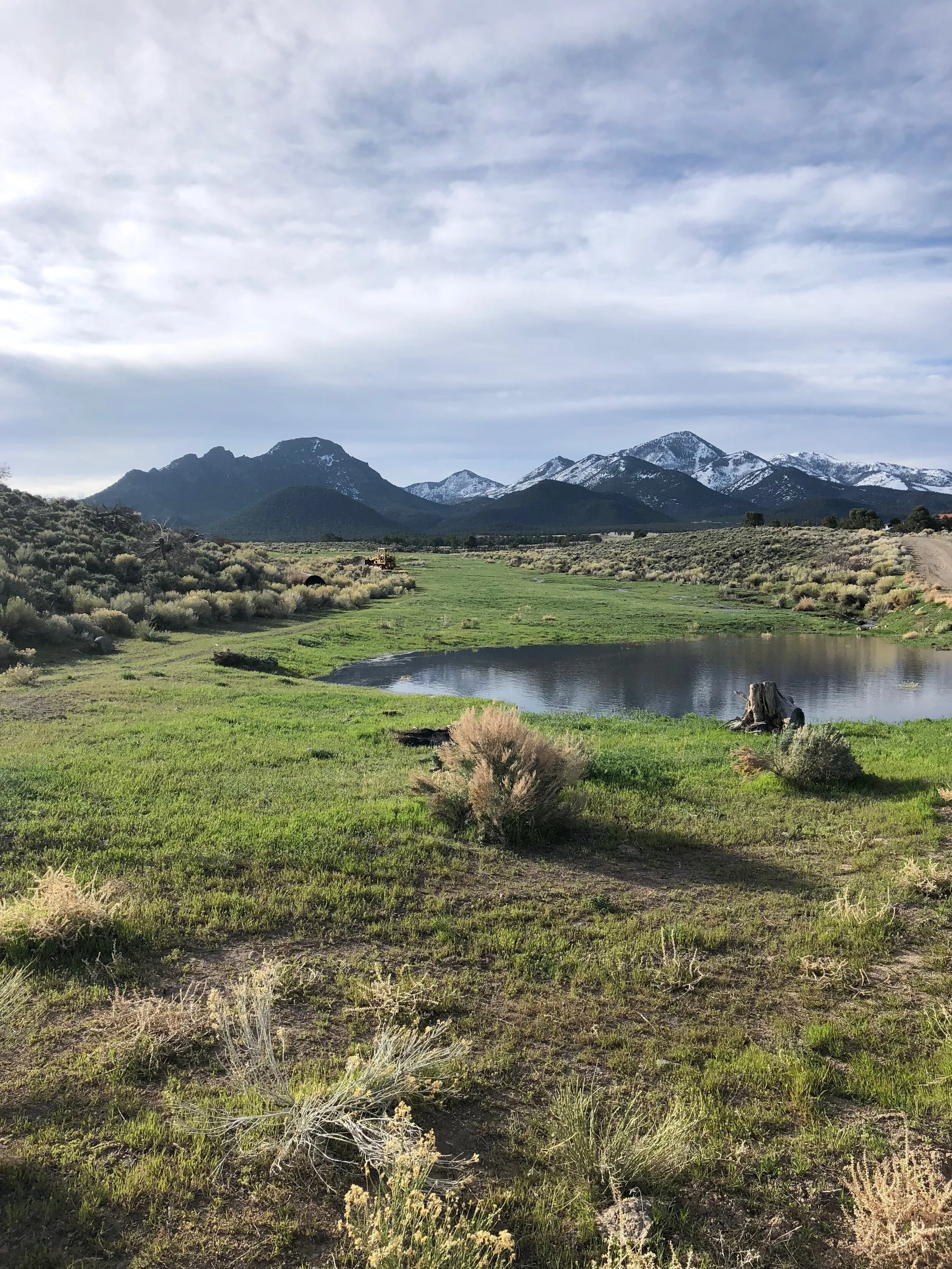Outcome-based Grazing: Meet the Participating Ranches
The Bureau of Land Management (BLM) is implementing a relatively new initiative known as Outcome-Based Grazing Authorizations (OBGA). It is designed to offer a more collaborative approach between the BLM and its partners within the livestock grazing community when issuing authorizations to permit grazing on public lands.
A handful of demonstration projects testing out outcome-based grazing on specific ranches around the West are being used to share knowledge, identify, demonstrate, and develop best practices. As the projects progress, they will give BLM information and first-hand experiences for developing consistent national policy to implement outcome-based grazing as a standard practice. The information acquired through this effort will also provide recommendations for regulatory modifications that could help issue Outcome Based Grazing Authorizations. This will better allow land managers to address changing conditions on public lands managed by the BLM.
“These demonstration projects are working to empower the local BLM managers when working with participating OBGA permittees to address the unique year to year needs on these public land allotments,” said Duane Coombs, Outcome-base Grazing Coordinator with the Intermountain West Joint Venture. “At the outset of these projects, I felt that success was going to be a result of adjusting process, now I am learning the real value of communication in land management.”
Here are two highlights from the profiles on ranches with outcome-based grazing pilot projects:
Eleanor Fitzgerald is a family shareholder in Fitzgerald Ranches in Oregon: “I read an article about (OBGA) in the newspaper, and I thought that this is something that we needed to do. This is something that a lot of us have been working toward for a long time. Land managers and the BLM need to be thought of as partners. We need to be able to work together to better manage the land and provide a better outcome for not only us and our cattle, but for the wildlife and the land as well.”
Joel Donaldson manages the Horseshoe Ranch in Nevada: “The biggest reason (we enrolled in OBGA) is that there is a lot of the Horseshoe that has been impacted by historic wildfires, and that has led to widespread cheatgrass invasion. We’re interested to see grazing as an important part of reversing that trend and shifting back towards perennial and native-species dominated ecosystems. We need the availability to graze based on how the cheatgrass has grown, the precipitation and the temperatures, so we can change the number of animals and time and timing of grazing use to try to reduce the cheatgrass fuel loads and to allow for the perennial grasses to have a competitive advantage in the grazing rotation.”
Kathryn Dyer is the National BLM Outcome-Based Grazing Lead and said that this initiative is reemphasizing the sharing of knowledge of the land and what that means.
“Livestock grazing can be used as a tool to achieve many things at the same time including rangeland health standards, reduce wildfire hazards, and achieve economic outcomes required by people who rely on the public lands for their livelihoods,” Dyer said. “While agency regulations are well intended, they often have unintended consequences, which is why outcome-based grazing will be important for fostering innovation rather than focusing on regulation.”
Dyer will be leading a symposium at the upcoming Society for Rangeland Management conference in Denver, Colorado. Titled “Addressing Flexibility through Outcome Based Grazing Authorization,” this session will also include presentations from Autumn Toelle and Cheryl Newberry, BLM Rangeland Management Specialists from Oregon and Wyoming. Make sure to catch these talks in person if you are at the conference on February 18th from 1:30 - 3:30pm in the room called Governor’s Square 14. If you don’t happen to be attending this conference stay tuned because this session is being recorded and will be shared on this website soon after.
The Bureau of Land Management in partnership with the Intermountain West Joint Venture is working to to catalyze proactive, voluntary, and community-led sagebrush rangeland conservation – expanding success across private and public lands. We accomplish this by promoting healthy working lands in the American West for people and wildlife. We use the latest science. We bring a diversity of perspectives, values, and resources together for a common purpose. We achieve durable conservation. Our collaborative efforts supporting outcome-based grazing is part of the initiative we call Partnering to Conserve Sagebrush Rangelands.



